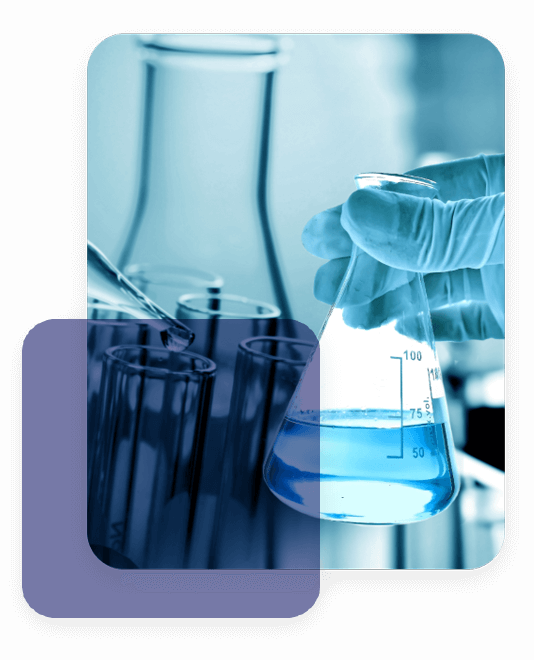DIRNANO member Prof Fabrizio Mancin (DISC, University of Padua) comments on an often forgotten but essential role of the lipid nano-carrier system in mRNA based vaccines and drugs:
Prof. Peter Cullis received a few days ago the 2021 Prince Mahidol Award to celebrate his pioneering contributions to the development of lipid nanoparticles (LNP) drug delivery systems, which have been used for various applications, such as delivering anticancer drugs to cancer tissues and in anti-COVID19 RNA vaccines.

which are essential to allow the loading of RNA in the nanoparticles and to its release into the cytoplasm of target cells. Lipid nanoparticles are indeed made by a core of hydrophobic cholesterol coated with phosphatildylcholine and PEGylated lipids. Such an oil core cannot accommodate a hydrophilic negatively charged molecule as RNA. A possible strategy is to couple RNA with cationic lipids, which would neutralize its charge and made it hydrophobic enough to enter the LNP core. Unfortunately, cation lipids are toxic and the positive charge they give to the LNP changes unfavorably their biodistribution.
The solution came from Prof. Cullis with the introduction of ionizable cationic lipids. These are weakly based lipids (with a tertiary amine headgroup) which are positively charged at pH 5 but neutral at pH 7. In this way the nanoparticles can be prepared with included RNA at pH 5 but, when the pH is raised to neutrality as it is in biological fluids, the nanoparticles become neutral and can safely reach their target. Usually, they enter by endocytosis, included in small vesicles called endosomes. Here the pH decreases again to 5. The ionizable lipids turn again to the positive charge and held the disruption of the endosomes’ walls, allowing the release of the RNA in the cell.
Prof. Cullis carefully optimized this method over the years reaching the ideal chemical structure of the ionizable lipids. The first applications created and commercialized were in the field of anticancer therapy, but last year it became evident the powerfulness of LNP by the development of the antiCOVID19 vaccines by Pfizer-Biontech and Moderna, to which prof. Cullis contributed.



